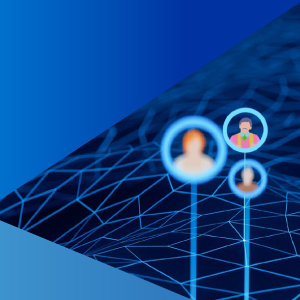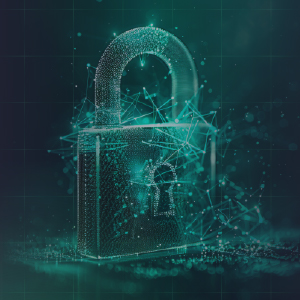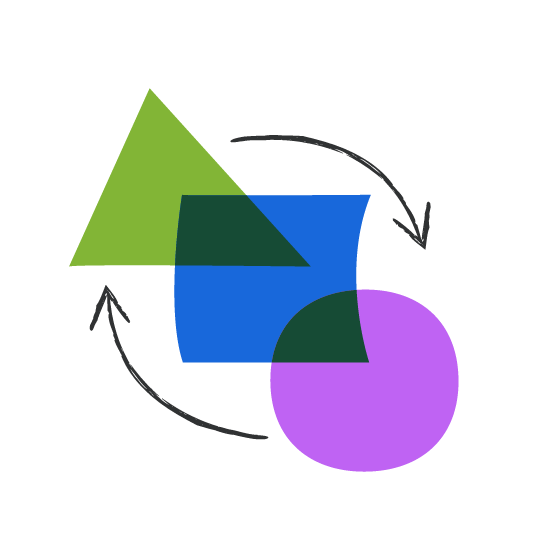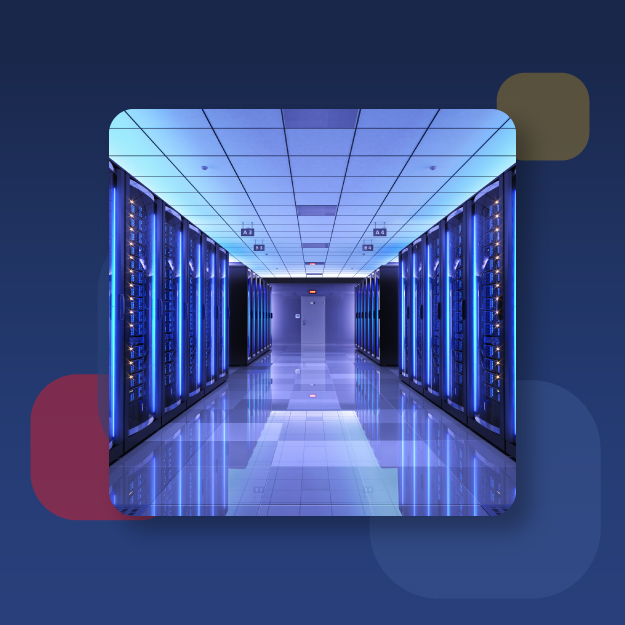Open Source Intelligence (OSINT) is no longer a niche capability—it is a core component of modern intelligence work. Carahsoft and our partners have spent years attending and supporting the top OSINT events. We have seen firsthand how AI, automation and smarter data strategies are reshaping the way Government teams gather, analyze and act on intelligence.
This list of the top OSINT events for 2025 and beyond highlights the best places to learn, connect and bring new ideas back to your mission.
August 6-7 | Reston, VA | In-Person Event
OSMOSIS:DC is a two-day conference held by OSMOSIS, an Association for OSINT Professionals. The theme for this year is “Technology, Trends, and Transformations.” The expo-style event offers participants direct access to leading vendors, hands on experience with the latest tools and expert-led workshops. Attendees will have the opportunity to connect with industry leaders and build career advancement strategies to help stay ahead of emerging OSINT trends. OSMOSIS:DC is a great opportunity to gain transformative insights from the OSINT industry!
Take a look at some of last year’s top themes in preparation for the 2025 event:
- Harnessing Location Intelligence: Advanced OSINT Techniques for Cyber Intelligence Investigations
- Linguistic Fingerprints: Using Language to Profile Subjects in OSINT Investigation
- Digging for Digital Dirt: Unearthing Bad Actors with Open-Source Intelligence
Carahsoft invites our partners to exhibit at OSMOSIS:DC, hosted at our Conference & Collaboration Center in Reston. Whether you are looking to sponsor, speak, exhibit or just attend, reach out to osintverticalmarketing@carahsoft.com to get involved in this intimate networking event!
September 9-12 | Washington, D.C. | In-Person Event
The Billington Annual Cybersecurity Summit is the leading forum for cybersecurity professionals, Government leaders and industry executives to discuss emerging threats, best practices and the latest trends. With over 200 expert speakers, 100+ cyber-focused vendors and more than 40 sessions, attendees will have the chance to engage with top specialists, explore state-of-the-art technologies and participate in thought-provoking discussions. The Summit’s strong focus on collaboration between the Public and Private Sectors provides insights that address real-world security challenges. Learn about cybersecurity strategies, AI-driven threat detection and the latest advancements in national defense at this crucial event!
Carahsoft is looking forward to sponsoring and exhibiting at this year’s event. We’re excited to engage with attendees throughout the week. We will also be hosting a large partner pavilion and encourage attendees to stop by and learn more about our partners and their technology solutions! Check out the events tab on our website for more details closer to the event!
September 18-19 | National Harbor, MD | In-Person Event
The Intelligence and National Security Summit (INSS), held by AFCEA International and the Intelligence and National Security Alliance (INSA), gathers thought leaders, policymakers and industry experts dedicated to advancing solutions for shaping the future of intelligence and national security. The two-day event will feature five plenaries, and six breakout sessions focused on AI and emerging technologies, critical infrastructure security, space acquisition and more. Attendees will gain hands on experience with innovative technologies in the Intelligence Community (IC), insights from experts in the field, as well as networking opportunities with Government leaders, technical professionals and leading researchers. Expert-led panels and interactive discussions will cover critical national security challenges and provide actionable strategies for navigating the complex world of intelligence. Join this premier forum to explore the emerging threats, intelligence operations and technological advancements that are redefining the security landscape!
Carahsoft supports INSS by enabling our vendor partners to participate as sponsors and exhibitors, ensuring a strong industry presence at the event.
October 18-21 | Denver, CO | In-Person Event
The International Association of Chiefs of Police (IACP) is an annual event that brings together public safety professionals from around the world to explore new techniques, share expertise and prepare their departments for future success. The conference features an exposition hall showcasing products from more than 600 vendors, education workshops and networking opportunities with fellow law enforcement professionals. Spanning four days, attendees will have the chance to engage in policy discussions on the latest challenges in policing, leadership and public safety innovation. As one of the largest law enforcement events, IACP 2025 is an essential gathering for agencies looking to enhance their strategies and stay ahead in an evolving security landscape.
Attendees should expect sessions surrounding how to leverage OSINT for criminal investigations, OSINT for threat assessment and risk mitigation, as well as Dark Web and Deep Web investigations.
Carahsoft will have a booth at IACP where several of our vendor partners will demonstrate their solutions and share educational content. We will also be hosting a networking reception with several of our vendor partners, welcoming conference attendees for food, drinks, networking and more!
OSINT Foundation Awards
November 7 | VA | In-Person Event
The OSINT Foundation Awards recognize individuals and organizations that have made significant contributions to the field of OSINT. Attendees will explore the latest OSINT methodologies, data analysis techniques and the critical role of open source information (OSIF) in national security and risk assessment. This prestigious event highlights major achievements, facilitates professional networking and demonstrates OSINT’s impact on intelligence operations. Join industry experts as they honor innovation, dedication and the future of OSINT!
Awards honored at last year’s ceremony included:
View a more in-depth explanation of the selection criteria here.
Carahsoft is a proud partner of the OSINT Foundation, supporting them annually by hosting the OSINT Foundation Tech Expo. We encourage our partners to get involved with this event by nominating individuals who they believe exemplify excellent service to the nation and contribute to the OSINT discipline.
Sept 29 – Oct 1, 2025 | New Orleans, LA | In-person Event
Global Security Exchange (GSX) 2025 is the premier event for security professionals across the public and private sectors, offering a comprehensive forum to explore the evolving threats and innovations shaping today’s global risk landscape. With immersive education sessions, insightful keynotes and cross-industry networking, GSX brings together leaders and practitioners from around the world to exchange ideas, strategies and best practices. Attendees will gain firsthand insight into the tools and technologies driving the future of physical and cyber security.
Carahsoft is proud to exhibit at GSX 2025 at Booth #2907. Stop by to connect with our OSINT experts and discover the latest open source intelligence technologies designed to help you stay ahead of emerging threats. We look forward to engaging with the security community and sharing how our partners are equipping organizations to be the first line of defense in today’s complex environment.
April 30 – May 1, 2026 | Reston, VA | In-Person Event
The OSINT Foundation Tech Expo is an annual event that brings together professionals and experts in the field, showcasing the latest advancements in OSINT technologies and related services. Attendees can expect a variety of presentations, workshops and networking opportunities designed to enhance knowledge and skills in gathering and analyzing publicly available information. The event aims to foster collaboration and innovation within the OSINT community, making it a must-attend for anyone involved in intelligence and cybersecurity!
Carahsoft is proud to host the OSINT Foundation Tech Expo at the Carahsoft Conference & Collaboration Center in Reston, a space dedicated to ensuring collaboration and support across the technology industry and Government. Carahsoft invites our partners to join the 50 OSINT vendors and agencies already lined up to showcase their own tabletop exhibits. Carahsoft has also collaborated with FedGovToday’s Francis Rose to interview our partners for their Innovation in Government and Video Insights!
May 3-6, 2026 | Aurora, CO | In-Person Event
The Geospatial Intelligence (GEOINT) Symposium is the nation’s largest gathering of industry professionals and Government leaders and will be held at the America’s Center Convention Complex in St. Louis. This year’s theme, “Building a Secure Tomorrow Together,” highlights the collaborative efforts and cutting-edge innovations shaping the future of geospatial intelligence. The symposium will feature industry-leading keynote speakers, main stage panels and hands on training sessions on topics such as mission planning, precision timing and navigation. Attendees will be able to engage with geospatial intelligence experts to deepen their understanding, foster connections and stay at the forefront of innovative technologies. Attend GEOINT 2026 to explore the critical role geospatial intelligence will play in building a secure future!
Carahsoft intends to showcase a Partner Pavilion with our vendors again in 2026. We look forward to attending GEOINT 2026 and join our OSINT customers to learn more about the latest in geospatial open source intelligence.
May 3-8, 2026| Tampa, FL | In-Person Event
SOF Week 2026 is the annual gathering for the international Special Operations Forces (SOF) community. Jointly sponsored by U.S. Special Operations Command (USSOCOM) and the Global SOF Foundation, the event serves as a platform for fostering collaboration, innovation and excellence in modern special operations. SOF Week will feature keynote addresses from senior leaders, professional development workshops, chances to network and sessions focused on non-profit initiatives. Do not miss this key event shaping the future of SOF operations!
Carahsoft and more than 45 partners will attend and showcase solutions in AI, DevSecOps, cybersecurity, cloud technologies and open source intelligence.
June 2-4, 2026 | Baltimore, MD | In-Person Event
TechNet Cyber 2026, hosted by the Armed Forces Communications and Electronics Association (AFCEA), is a flagship cybersecurity event bringing together U.S. Cyber Command, the Defense Information Systems Agency (DISA), Joint Force Headquarters-Department of Defense (DoD) Information Network and DoD Chief Information Office (CIO), as well as a mix of military, Government, industry and academic leaders. This conference serves as a platform for collaboration, uniting policy, strategic architecture, operations and command and control to address global security challenges in the digital domain. Attendees can expect a comprehensive program featuring expert panels on cybersecurity advancements, technology demonstrations and networking events aimed at enhancing national cybersecurity efforts. Join us in Baltimore to connect with top decision-makers and help drive solutions for this vital mission!
The event will feature a range of exhibitors, including Carahsoft’s leading cyber technology providers. Carahsoft looks forward to joining our open source intelligence customers at TechNet Cyber in 2026.
Join us at one of our 2025 OSINT events to connect with intelligence leaders and professionals dedicated to advancing OSINT. Do not miss this opportunity to explore innovative OSINT techniques and tools, data analysis, cybersecurity and more!
To learn more or get involved in any of the above events please contact us at OSINTVerticalMarketing@Carahsoft.com. For more information on Carahsoft and our industry leading OSINT technology partners’ events, visit our OSINT solutions portfolio.












